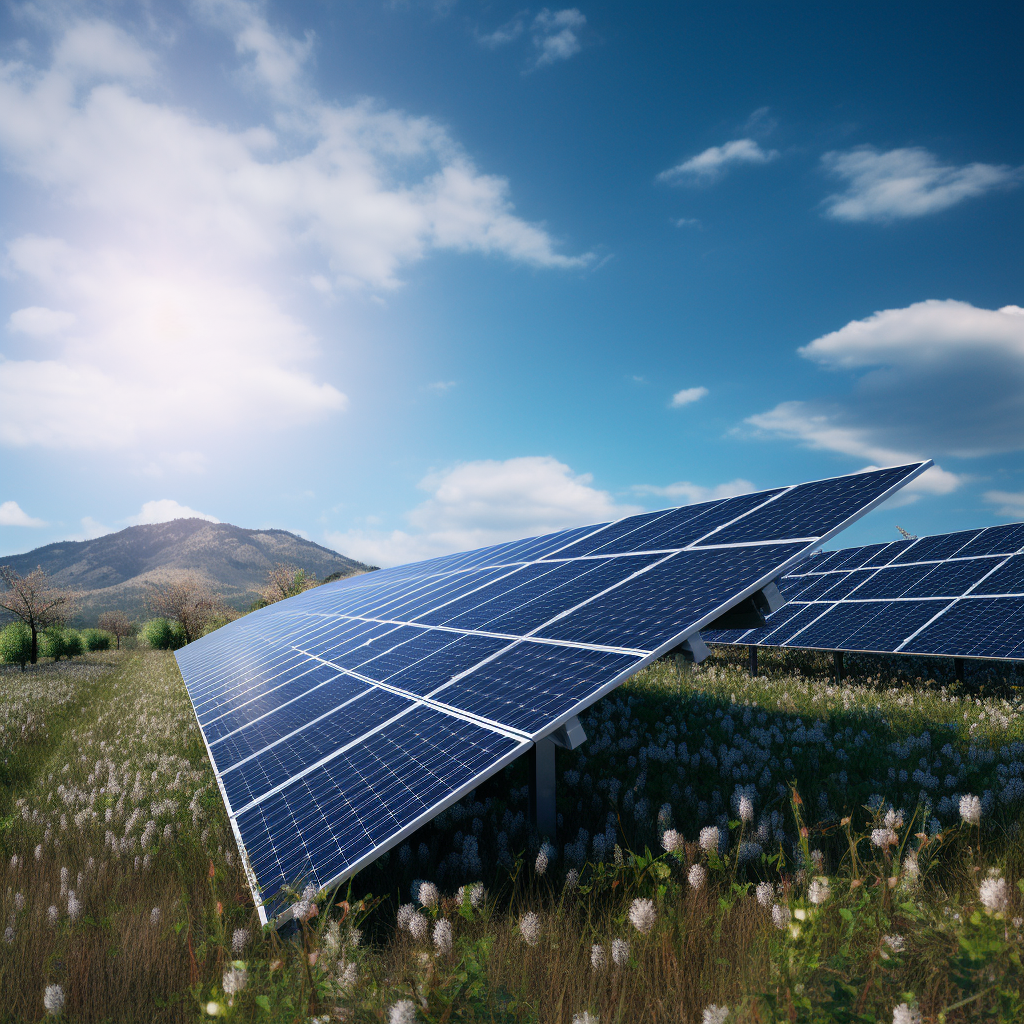July 31, 2023
Navigating Climate Dialogue and Renewable Energy – China’s Pivotal Role in Global Sustainability Efforts
Book a Demo
U.S. climate envoy John Kerry recently made a landmark visit to China, marking another chapter in the ongoing climate dialogue between two of the world’s largest greenhouse gas emitters. This visit underscored the shared commitment of both nations to address the urgent issue of climate change, which continues to pose significant threats globally.
In related developments, both China and the EU have been putting a spotlight on climate adaptation, methane emissions management and the transition to clean energy as the key pillars of their cooperation. This collaborative approach is seen as a vital step towards achieving the goals of the Paris Agreement and moving towards a more sustainable future.
China has been making strides in the field of renewable energy, particularly in solar power. Solar installations in the country reached an impressive 78GW in the first half of 2023, pushing the country’s total capacity to an unprecedented 470GW. This is a clear indication of China’s commitment to a cleaner and more sustainable energy future.
However, the country’s reliance on hydro energy is now being scrutinized, particularly in light of three consecutive summer droughts. These events have raised questions about the sustainability of hydro energy and its potential impacts on the environment and local communities.
Research has also been underway on the forest areas in East Asia and China, focusing on the critical link between green finance and climate change. This research aims to provide valuable insights into how financial mechanisms can be used to promote environmental sustainability and address climate change.
The vulnerability of renewable energy infrastructure in China has also been highlighted by the collapse of two hydropower stations due to extreme weather events. These incidents underline the need for robust infrastructure planning and risk management strategies in the renewable energy sector.
Despite these challenges, China’s solar sector continues to thrive. New installations reached 15.7 GW in the first half of 2021, marking a significant increase from the previous year. This growth reflects the country’s continued investment in renewable energy as a key component of its climate change mitigation strategy.
In a significant milestone, China’s carbon market officially launched in July 2021. Despite some critics arguing that the initial carbon price is too low, it has become the world’s largest carbon market. This development marks a crucial step in China’s efforts to reduce greenhouse gas emissions and transition towards a low-carbon economy.
While there are challenges to overcome, the ongoing climate dialogue and cooperation between nations, the growing emphasis on renewable energy, and the launch of the world’s largest carbon market in China are all positive signs of progress in the global fight against climate change.



